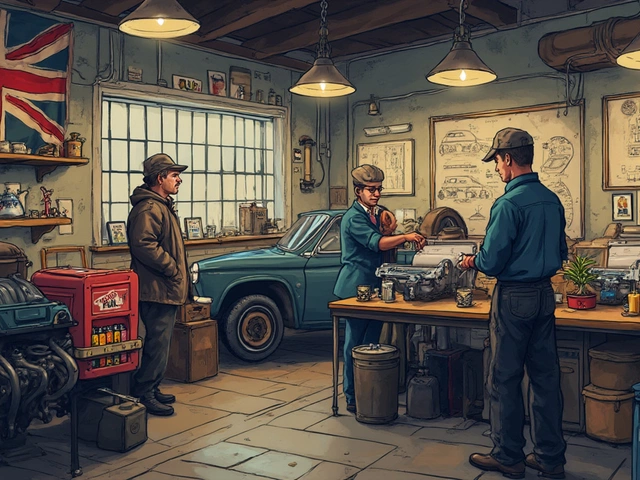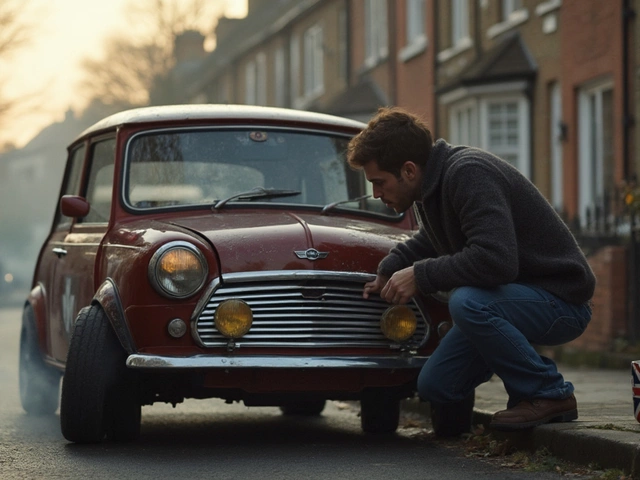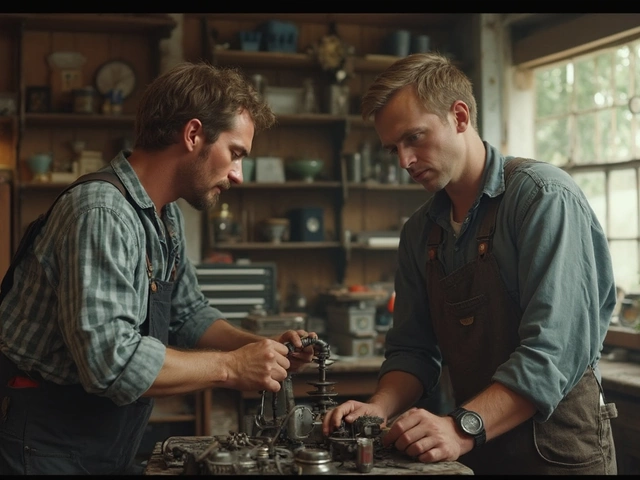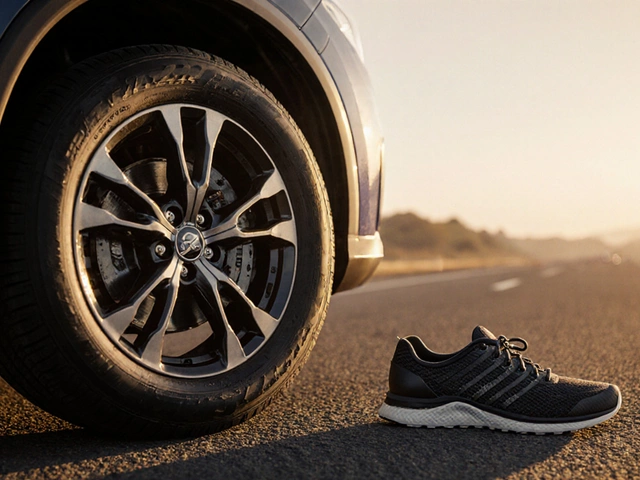Brake Repair: What You Need to Know
When your car’s brakes start squeaking, feeling spongy, or pulling to one side, it’s a clear sign something’s off. Ignoring those symptoms can cost you safety and money. Below you’ll find practical steps to check your brakes, DIY fixes you can try, and the right moments to call in a professional.
Common Brake Issues and DIY Fixes
Most brake problems boil down to three parts: pads, rotors, and fluid. Pads wear out first, usually after 30,000‑50,000 miles. To check, pop the wheel and measure the pad thickness – you want at least 3 mm left. If it’s thinner, swapping the pads is a straightforward job with a basic set of tools.
Rotors can get scored or warped, causing a pulsating pedal. Look for deep grooves or a noticeable wobble when you spin the rotor by hand. Light scoring can be cleaned with a rotor‑sanding kit, but deep cracks mean replacement.
Brake fluid is often the hidden culprit. Over time it absorbs moisture, turning the pedal soft and reducing braking power. If the fluid looks dark or you notice a low level, bleed the system. You’ll need a clear tube, a catch bottle, and a helper to pump the pedal while you open and close the bleeder valve.
One common question we get is whether you can change just the rear brake pads. The short answer: you can, but only if the front pads are still in good shape. Switching one side out of sync can affect brake balance, leading to uneven wear and a pulling sensation. Our post on "Is It Safe to Change Only Rear Brake Pads?" dives deeper into that topic.
When to Seek Professional Help
If you hear grinding metal, feel the car pull hard to one side, or notice the brake pedal sinking to the floor, it’s time to visit a garage. Grinding means the pads are gone and the metal is contacting the rotor – driving any further can damage the rotor and cost you extra.
Suspension or steering issues that show up during braking (like shaking or a wobble) often point to worn out brake calipers or damaged steering components. Those are jobs that need specialist tools and safety checks.At Northwich Tyres Centre we can inspect pads, rotors, calipers, and fluid all in one visit. Our mechanics will give you a clear quote before any work starts, so you won’t be surprised by hidden fees.
Typical costs in the UK range from £80‑£150 for pad replacement, £150‑£300 for rotors, and £120‑£200 for a full brake service (including fluid bleed). Prices vary with car make and part quality, but the biggest savings come from catching wear early.
Bottom line: keep an eye on noise, pedal feel, and visual wear. Simple checks can save you a big repair bill, but never gamble with brake safety. If you’re unsure, give us a call – a quick inspection can give you peace of mind and keep you on the road safely.
 18 June 2025
18 June 2025
Is it Cheaper to Resurface or Replace Rotors? Real Costs for Your Brakes
Wondering if you should resurface or replace your brake rotors? This article breaks down the actual costs, benefits, and drawbacks of each choice. You'll get real-world advice, plus tips to save money without risking safety. Learn how to tell if resurfacing is even an option for your car. Equip yourself with smart info before your next repair bill surprises you.
 10 March 2025
10 March 2025
New Rotors with Old Brake Pads: Is It Worth It?
Wondering if you can use old brake pads with new rotors? This article dives into pros and cons, exploring practical tips that help you decide what's best for your car. Whether aiming to save money or prioritize safety, understanding the compatibility between rotors and brake pads is essential. Learn about the wear patterns, potential risks, and expert opinions that can guide your decision-making process.






0